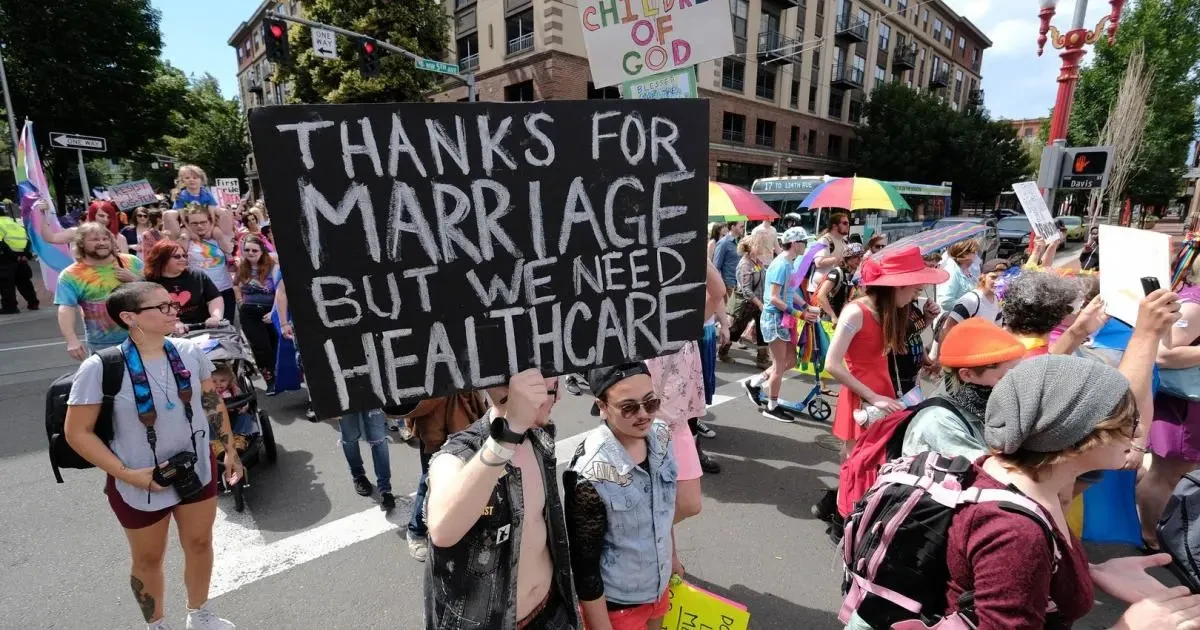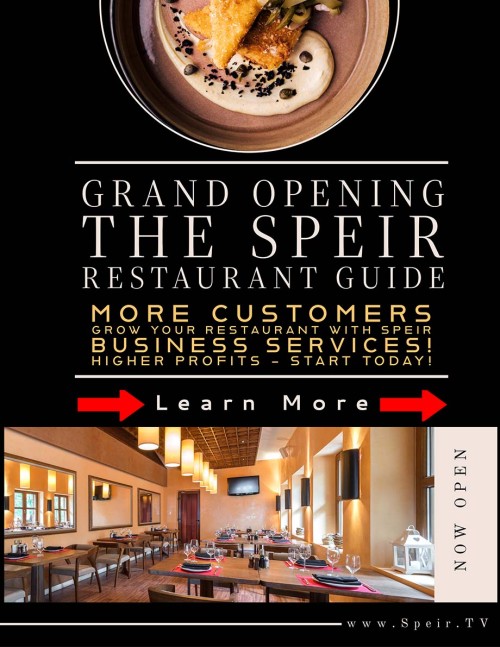Welcome To The Speir InterQ Social Entertainment Platform
Guardians and Peacekeepers Alliance
At The Speir Social Entertainment Platform, our mission is to be the "Global Rights Guardians" and "Peacekeepers Alliance" at the forefront of "Humanity's Silent Revolution." Through our "Access for All Initiative," we aim to unite under the banner of "United Citizens for Equity" within "The Underground Unity Network." We are the "Empowerment Catalysts" and "The Silent Change Makers" who stand as "Universal Access Advocates" and "Guardians of Essential Resources." Our dedication to fostering positive change on a global scale is unwavering.
As a nonpartisan organization, we are resolute in advancing and safeguarding fundamental human rights, cultivating peace, and ensuring universal access to essential resources such as food, water, electricity, and medications. Our commitment extends especially to closed societies where these essential rights are often constrained.
Join The Speir Social Entertainment Platform and connect with like-minded LGBTQ+ people, share exciting news, and create inspiring content. InterQ believes that we should express our feelings as well as emotions. InterQ is a digital safe space where no one is invisible.
The Speir Social Entertainment Platform recognizes the complexity of identity and how it influences who we are. InterQ is also for allies that strive to be more than inclusive in their own lives. InterQ is based in Phoenix, Arizona, and is available to markets within the US and worldwide.
The Speir Social Entertainment Platform Is your space! You have the power. Now, more than ever, this is the time to stay engaged and maintain meaningful connections.
Click, Watch, Interact, Create, and Share your day away on The Speir Social Entertainment Platform






























